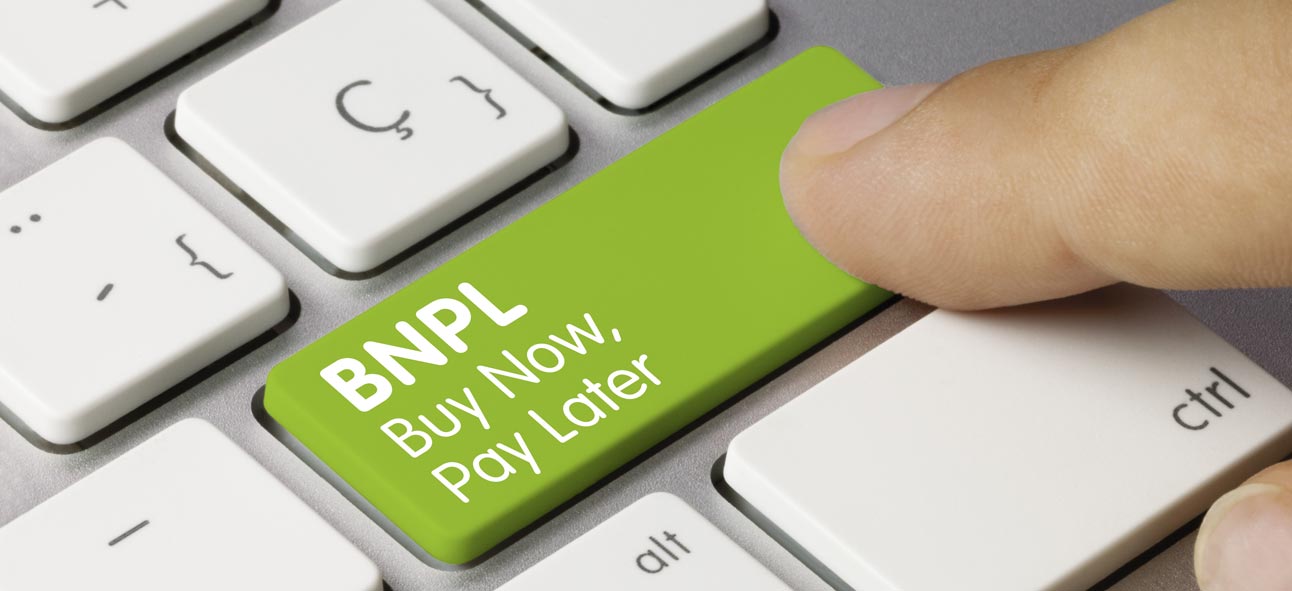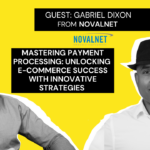Much has been spoken about the Buy Now Pay Later and its benefits – from increased sales to higher average order values. And with good reason. BNPL is now a $100 billion global industry, growing at a scorching pace across the world. Adoption is particularly high in Europe, especially in the Nordic countries. By 2024, an expected 4.2% of e-commerce transactions will use BNPL. So, it might seem like an obvious choice to add to your checkout. Or is it?
Before rushing to add BNPL to your checkout, you must first understand it in the light of your business needs. You need to consider the risks and costs involved in setting up and integrating it. And of course, how will you manage and recover your debts. Just adding a “pay later” button to your checkout is not enough to win you newer customers or drive higher sales.
So, how do you know if BNPL is the right fit for your business?
5 Questions to Ask (before you use BNPL
1. Does BNPL appeal to my target customer demographic?
What appeals to one might not appeal to the other. In simple terms, some customers might prefer buy now and pay later, while another might not. Klarna, the world leader in BNPL, claims that 70% of its users are millennials and Gen Z cohorts. Studies also show that older customers (35 – 54 years and 55 years +) don’t seem to prefer BNPL much.
What you can do:
Research your customer base to understand if BNPL appeals to them. Look at your customers’ habits and preferences, the product or service you sell, and the markets you play in. Use this data to figure out if your business will gain from adding BNPL at checkout.
2. What are the charges and how quickly can I recover these costs?
Assess how BNPL will impact your sales and forecast the commission fee you will have to pay the service provider. If you are confident of higher sales, then determine the tipping point when your sales income will offset the costs of using the BNPL service. Set a deadline to reach that point. If you’re not confident that sales will offset the cost, you might want to wait till your business reaches a particular scale, before adding BNPL to your checkout options.
What you can do:
Choose the product and supplier wisely. When choosing a BNPL service, ensure the split rate or thresholds match your price points and your customer needs. Ask your provider about approval rates and how they compare with other payment methods. Test, measure, and iterate your offering until you hit a sweet spot.
3. What BNPL plan will work best for my business? Will I need any additional accreditation?
There are several different types of ‘Buy Now Pay Later’option. Some are more focused on certain industries over others. For example, ‘Buy Now Pay Later’ has been a huge success in retail. More recently, it has expanded into the travel & hospitality sectors, and in some countries, to healthcare as well. And now, a new wave of European startups are building BNPL services for B2B customers.
What you can do:
Based on your industry, choose the right BNPL service for your business. Certain BNPL providers like Klarna offers the option to pay in three or four interest-free installments. These do not fall under credit regulation. But if you sell high-value goods and want to offer long-term financing, you might need to apply for a credit license. Factor this into your planning.
4. Where in the checkout should I add it?
It is best to offer ‘Buy Now Pay Later’ option early in the payment journey. Rather than checkout, add “pay later” option earlier in the sales funnel – where customers make their decision. According to Klarna, promotional messaging – such as showing split payments on the product page – can raise average order value by 25%.
Keep in mind, though, that if a customer chooses to pay via BNPL, their checkout process could get longer, raising the risk of card abandonment. Ensure you optimize your checkout, such as auto-filling forms from earlier purchases, to avoid this.
5. How do I communicate with my customers about BNPL?
There has been a lot of news around BNPL and consumer debt. Only 22% of people say they understand the terms and conditions associated with it. There have also been calls for greater regulation of the BNPL space. Service providers are required to have affordability monitoring in place to check if customers can afford what they are buying.
What you can do:
Ensure you clearly communicate payment terms, late payment charges, and fees to your customers. You can use the pre-designed formats that your BNPL provider offers and customize them to your brand. Promote “pay later” on marketing, customer emails, and ad campaigns to ensure your customers know that you offer BNPL.
Avail any co-marketing opportunities with your BNPL provider – from seasonal promos to pop-ups. This will help improve visibility for your brand. In fact, 54% of merchants in the UK report reaching new customers through such co-marketing activities, while 23% report being able to track direct referrals through their providers. Finally, choose a BNPL provider that is regulated and has affordability checks in place.
How can Novalnet Help?
If you are looking for help or guidance around BNPL, reach out to us to know more.
We are a global payment service provider, and Europe’s leading brands trust us to process payments smoothly. Our technology helps you to accept payments globally in 125+ currencies in 150+ automated country-specific payment methods.
You can set up your payments within minutes with minimal coding using our instant payment plug-ins. Our AI-based risk management solutions help you design the best payment experiences for your customers, all in a fully secure environment.
Jose Augustine is the Chief Business Development Officer at Novalnet with extensive experience in European payment industry and a knowledge powerhouse.










